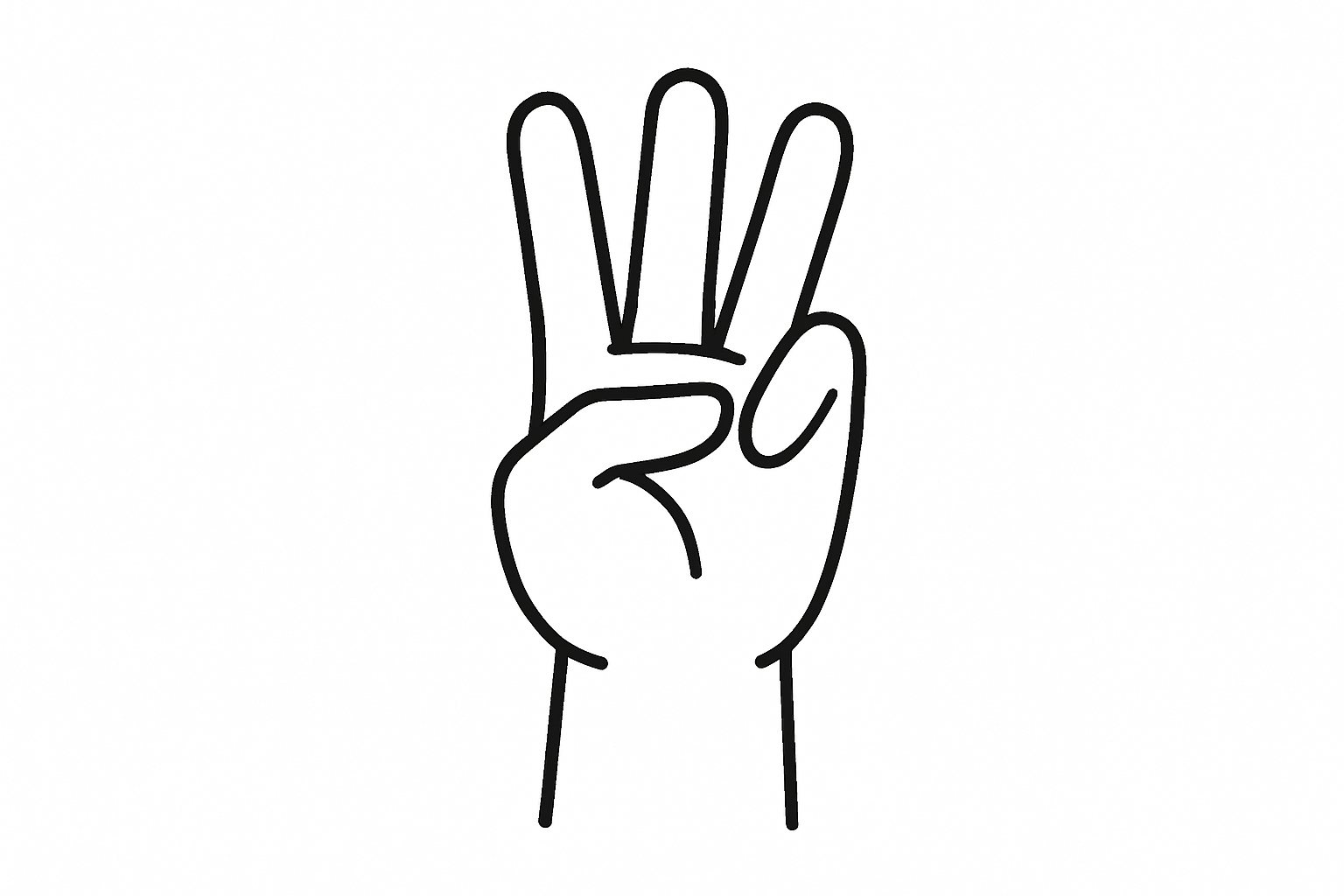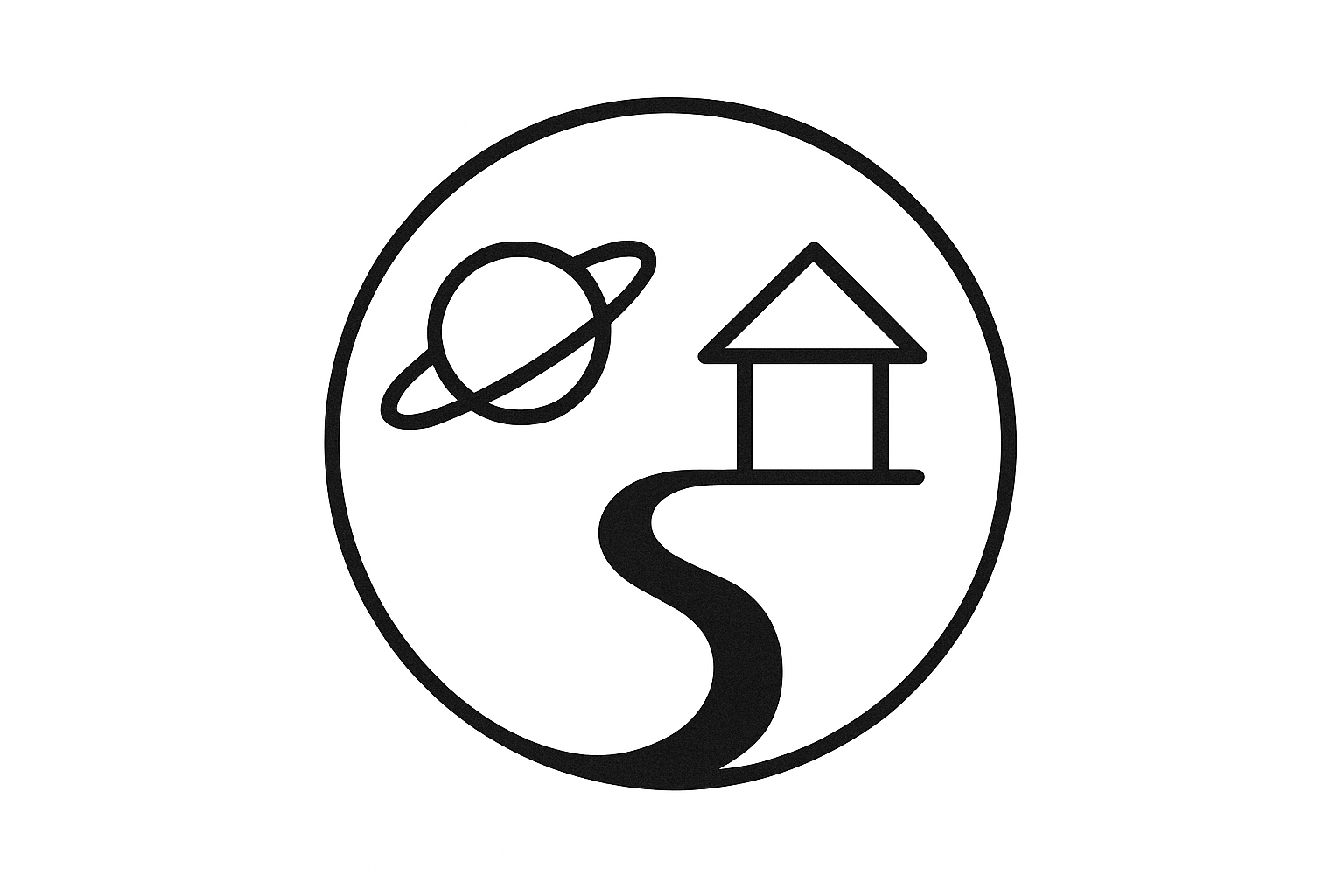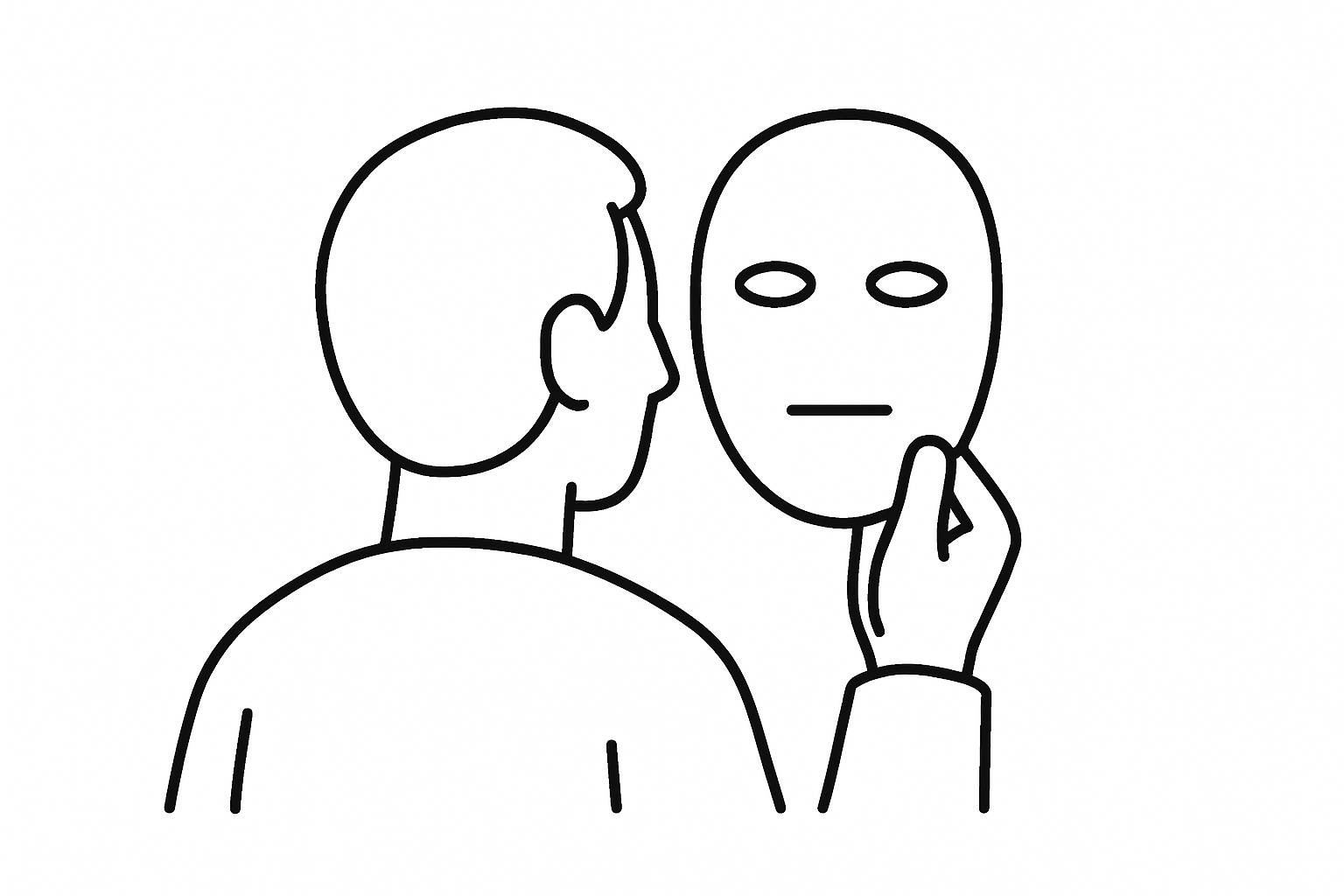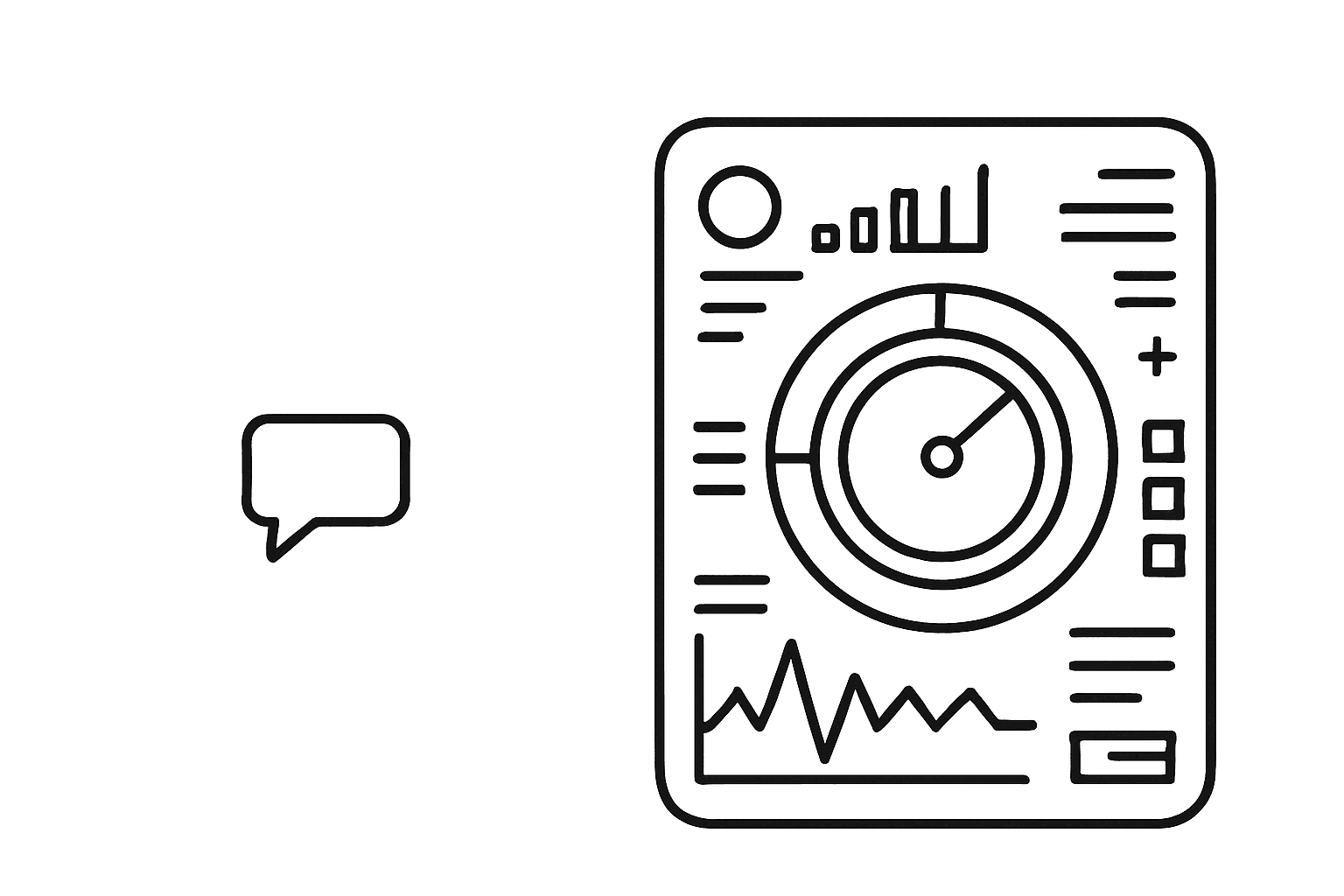I hire designers who can already run without a playbook. The skills I don’t want to spend my time teaching are exactly the ones that keep teams moving when I’m not in the room.
Tools, systems, and product context are easy to transfer. Judgment is not. So I look for three signals before we ever talk about the UX architecture, the flows we’ll extend, or how the interface gets dressed.

1. Get and Use Feedback
Great designers do not treat critique as a chore. They engineer it.
They know when to show work early to unblock an assumption and when to wait until the stakes are higher. They arrive with specific questions, not just a deck. They synthesize what they hear into decisions, not transcripts. Most importantly, they close the loop—telling partners what changed and why.
If I have to coach someone to invite the right voices, to separate taste from risk, or to turn critique into direction, we’re already behind.
2. Sell the Idea and Make It Happen
The best designers generate buy-in as they design. They narrate tradeoffs in plain language, expose decisions to the right people at the right time, and move ambiguity forward instead of letting it stall in Slack threads.
They can articulate why a path is worth pursuing in a way that product, engineering, and leadership understand. They listen for friction, adapt without losing the core insight, and know when to escalate versus when to absorb feedback locally.
If I’m the only bridge between design intent and team execution, the designer is not yet ready for the work I need done.
3. Choose the Right Lever
Feedback (1) and alignment (2) are levers. Judgment is knowing which one changes the system, and what happens if the wrong lever is pulled.
The right move might be to bring everyone together and realign the plan, or it might be to ship with the conviction the team already has. Feedback and alignment are critical tools of the trade; they only create value when they’re deployed with intent. Designers have to read the room, the roadmap, and the risk profile before pulling either lever. If you solicit feedback in a moment that demands conviction and alignment, you dilute momentum and signal you don’t actually believe in the direction. Worse is pushing hard to sell your idea when the room is offering critical insights you need to absorb—you burn credibility and miss the improvement. I need people who sense the difference and act without waiting for permission.
What I Bring to the Table
When those skills are present, I can go all in on supporting them—removing blockers, sharing hard-won context, and opening rooms they need to influence. I can elevate their craft with sharper critiques, give them the space to run bigger experiments, and amplify their impact across the organization because I trust their judgment. That is the partnership I’m hiring for.
Without them, I’d spend my time teaching behaviors that should have been forged through earlier teams, mentors, and hard projects. That’s a bad trade for everyone.
There’s plenty more to forming a great design team—but being relentless about feedback, selling the idea, and choosing when to do which is not optional.



